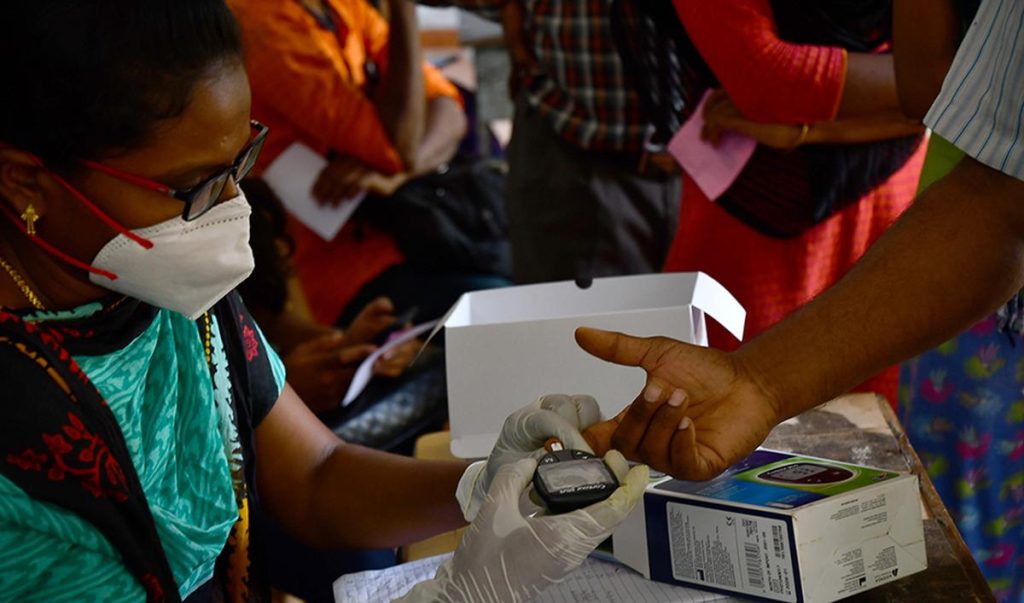Context:
International study published in The Lancet Diabetes and Endocrinology, Indicates low glycaemic index (GI) and low glycaemic load diets may prevent type 2 diabetes.
Study Findings:
- Strong association found between GI and diabetes risk, particularly in individuals with higher BMI.
- One of the Indian authors of the paper, tries to break it down: “It’s this question. If you continue to eat certain foods, will you develop diabetes?” Strangely enough, the concept of GI impacting diabetes has been controversial, and there has been little actual evidence applicable to a large population.
- Highlights significance of GI and GL in impacting blood sugar levels and diabetes risk.
- Advocates for healthier, nutrient-rich food choices, especially for individuals with higher BMI and family history of diabetes.
- GI and Diabetes Connection:
- High GI and high glycaemic load diets linked with increased risk of type 2 diabetes.

Low and high GI foods:
Low GI Foods: Fruits, grains, lentils, non-starchy vegetables, legumes, dairy, brown rice.
High GI Foods: Sugar, sugary drinks, white polished rice, potatoes, white bread.
GI and GL Definition:
Glycemic Index (GI):
- This is a ranking system that assigns a number (0-100) to carbohydrate-containing foods based on how quickly they raise blood sugar levels compared to a reference food (usually white bread).
- High GI (70-100): Causes rapid blood sugar rise. (e.g., white bread, sugary drinks)
- Medium GI (56-69): Raises blood sugar moderately. (e.g., rice, potatoes)
- Low GI (0-55): Has a slower, more gradual impact on blood sugar. (e.g., legumes, vegetables)
Glycemic Load (GL):
- This takes GI a step further by considering both the GI of a food and the amount of carbohydrate in a typical serving. It provides a more complete picture of a food’s impact on blood sugar.
- High GL: Similar to high GI, indicates a significant potential for blood sugar rise.
- Low GL: Suggests a smaller effect on blood sugar.

